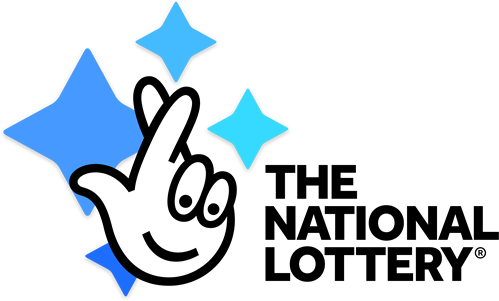Unconscious Bias
What is Unconscious Bias and how is it a barrier to diversity?
Bias is defined as “prejudice for or against one person or group, especially in a way considered to be unfair” (OED, 2016). Unconscious bias refers to a bias that we are unaware of, and which happens outside of our control. It is an automatic bias, triggered by our brain making quick judgments and assessments of people and situations. Unconscious bias is influenced by our background, cultural environment and personal experiences. Many of our everyday judgements and decisions – without our awareness – are influenced by unconscious bias. This includes judgements and decisions in the workplace, specifically those relating to recruitment and selection, and the way we interact with colleagues and who we deem worthy of praise / promotion.
The Chartered Institute of Personnel and Development (CIPD) and the Government’s Behavioural Insights Team recommend that to reduce unconscious bias, CVs should be anonymised to avoid prejudgements of a person’s suitability of the role based on limited characteristics such as ethnicity and/or gender, and that assessment processes are regularly evaluated.
Type of Unconscious Bias
The information below outlines different forms of unconscious bias. Many of these exist in the workplace and can harm an organisation’s diversity efforts.
Affinity bias:
Disproportionately favouring candidates with characteristics most like oneself.
Status quo bias:
The tendency to look for candidates who are like current staff, to avoid perceived risk of going against the norms already established.
Endowment effect:
Linked to status quo bias, recruiters may value skills and characteristics of current staff disproportionately and so miss out on the potential benefits of hiring people with other characteristics. Mere exposure effect: This causes recruiters to like certain individuals more simply because they have already been exposed to similar individuals.
Confirmation bias:
Looking for ways to justify one’s biased preconceptions. For example, if one perceives a person who attended a less prestigious university as being unsuitable for a role, one might unconsciously look for ways to prove/confirm this.
Intuition bias:
Making a judgement of a candidate based on a ‘sixth sense’ or ‘gut feeling’ rather than the evidence they present.
Effective heuristic:
Judging the suitability of a candidate based on superficial factors e.g. Thinking a candidate is unsuitable if they have a tattoo or are overweight.
Expectation anchor:
When favouritism of one candidate causes a mental block, stopping you from properly investigating and considering other candidates for the job.
While unconscious bias can result in a lack of diversity in an organisation, we should be cautious of endlessly using it to justify or explain a lack of diversity – it is rarely the sole cause. Indeed, attributing an organisation’s lack of diversity solely to unconscious bias can result in ignoring other causes and issues within an organisation. Specifically, it can distract from the existence of overt, conscious discrimination based on ethnicity – ie racial discrimination. These significant disadvantages and barriers ethnic minorities face in the labour market illustrate that measures and initiatives are required to essentially level the playing field, and to ensure that ethnic minority candidates are able to access employment without facing disadvantage and discrimination, and benefit from an inclusive work environment.




